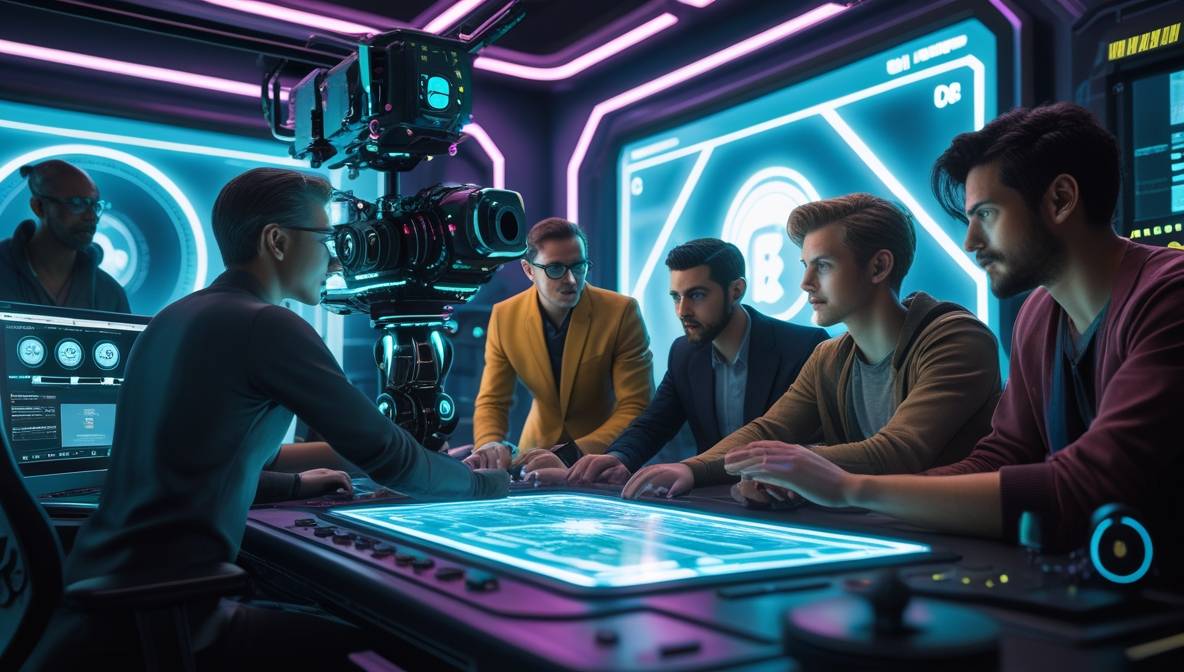DSLR cameras remain a cornerstone for professional-grade streaming due to their superior image quality, manual controls, and adaptability. Whether you’re a content creator, gamer, or filmmaker, choosing the right DSLR can elevate your live streams. This guide dives into critical factors like sensor performance, connectivity, and usability, alongside top recommendations to match your needs.
What Makes a DSLR Camera Ideal for Streaming?
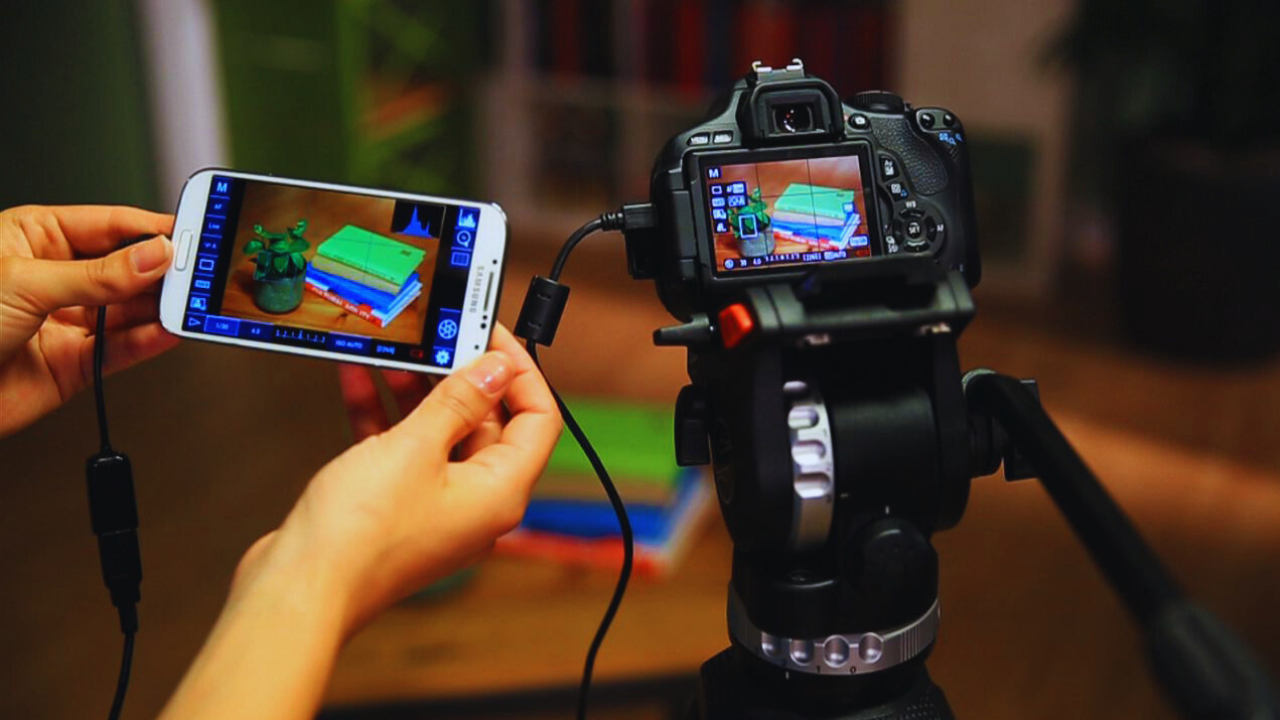
A Digital Single-Lens Reflex (DSLR) camera uses a mirror mechanism to direct light from the lens to an optical viewfinder, enabling precise framing and control. For streaming, DSLRs excel with:
- Interchangeable lenses for dynamic shots.
- Large sensors for crisp, detailed footage.
- Manual settings to fine-tune exposure, focus, and depth of field.
Pros & Cons of DSLRs for Streaming
| Pros | Cons |
|---|---|
| Exceptional image quality | Bulky design |
| Lens flexibility | Higher cost |
| RAW format support | Limited autofocus in video mode |
For creators prioritizing visual fidelity, DSLRs like the Canon EOS 90D or Nikon D7500 deliver cinematic results. Explore our guide to DSLR camera basics for foundational insights.
Key Features for Streaming Success
1. Image Quality: Sensor & Resolution
A camera’s sensor size directly impacts light capture and detail. Full-frame sensors (e.g., Canon EOS 5D Mark IV) excel in low light, while APS-C sensors (e.g., Sony Alpha a6600) balance cost and performance. Aim for at least 24MP resolution for 1080p or 4K streaming.
Top DSLRs for Image Quality
| Model | Sensor Size | Resolution | ISO Range |
|---|---|---|---|
| Canon EOS 5D Mark IV | Full-frame | 30.4MP | 100–32,000 |
| Sony Alpha a7 III | Full-frame | 24.2MP | 100–51,200 |
| Nikon D7500 | APS-C | 20.9MP | 100–51,200 |
2. Low-Light Performance
Streaming in dim environments demands cameras with wide ISO ranges and minimal noise. The Sony a7S III shines here, offering ISO up to 409,600. Pair it with fast lenses like the Sigma 18–35mm f/1.8 for optimal results.
3. Stabilization
Built-in 5-axis image stabilization (e.g., Panasonic Lumix GH5) reduces shaky footage, critical for handheld streams. For lenses, consider optically stabilized options like the Canon EF 24–70mm f/2.8L II.
Connectivity: Seamless Integration with Streaming Setups
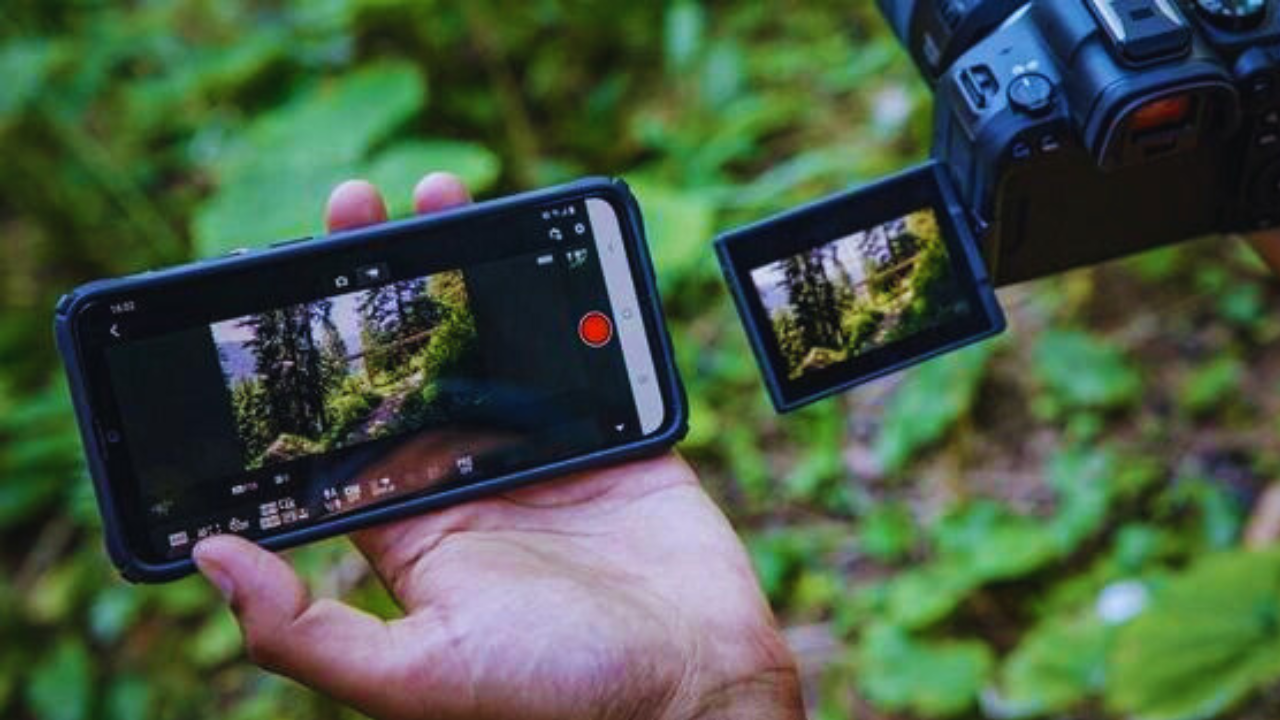
HDMI Output
Clean HDMI output is non-negotiable for bypassing on-screen overlays. The Canon EOS R6 provides uncompressed 4K HDMI, ideal for capture cards like Elgato Cam Link.
USB & Wireless Options
- USB 3.0 enables direct streaming via software like OBS.
- Wi-Fi/Bluetooth (e.g., Nikon Z6 II) allows remote control via apps.
For a wireless workflow, pair your DSLR with a Teradek wireless video transmitter for lag-free feeds.
Ease of Use: Streamline Your Workflow
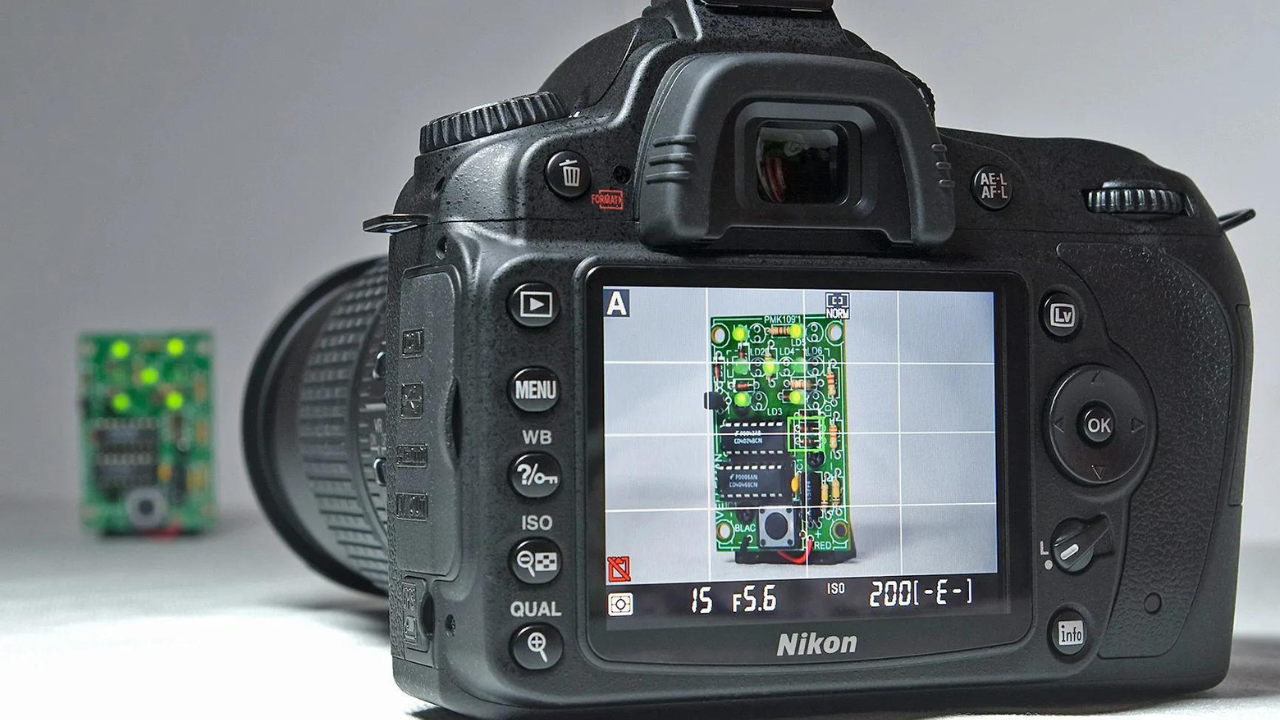
Autofocus & Interface
Fast, reliable autofocus (AF) keeps subjects sharp. Cameras like the Canon EOS R5 feature Dual Pixel AF, tracking faces and eyes effortlessly. A user-friendly menu, such as Nikon’s Touchscreen GUI, simplifies live adjustments.
Customization
Assign shortcuts to frequently used settings (e.g., ISO, white balance). The Sony a7 IV offers 10 customizable buttons, perfect for switching scenes mid-stream.
Top DSLR Picks for Streaming
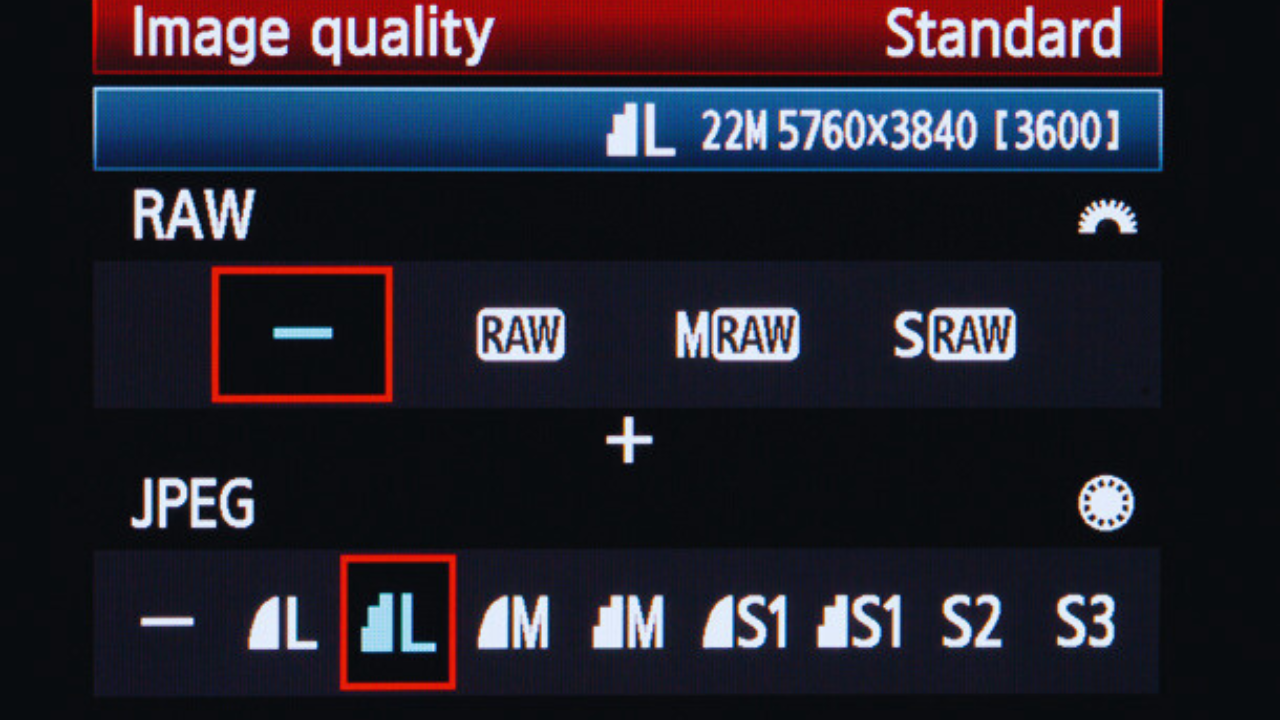
1. Canon EOS 90D
- 4K Video: Sharp, detailed footage.
- 45-Point AF: Reliable tracking for dynamic streams.
- Vari-Angle Touchscreen: Perfect for solo creators.
2. Nikon D780
- 12fps Burst Mode: Capture fast action.
- 4K UHD: Ideal for high-resolution streams.
- SnapBridge Bluetooth: Wireless control via smartphone.
3. Sony Alpha a7 III
- Full-Frame Sensor: Superior low-light performance.
- Real-Time Eye AF: Keeps faces in focus.
- S-Log3: Enhanced dynamic range for color grading.
For budget-friendly options, see our guide to budget cinema cameras.
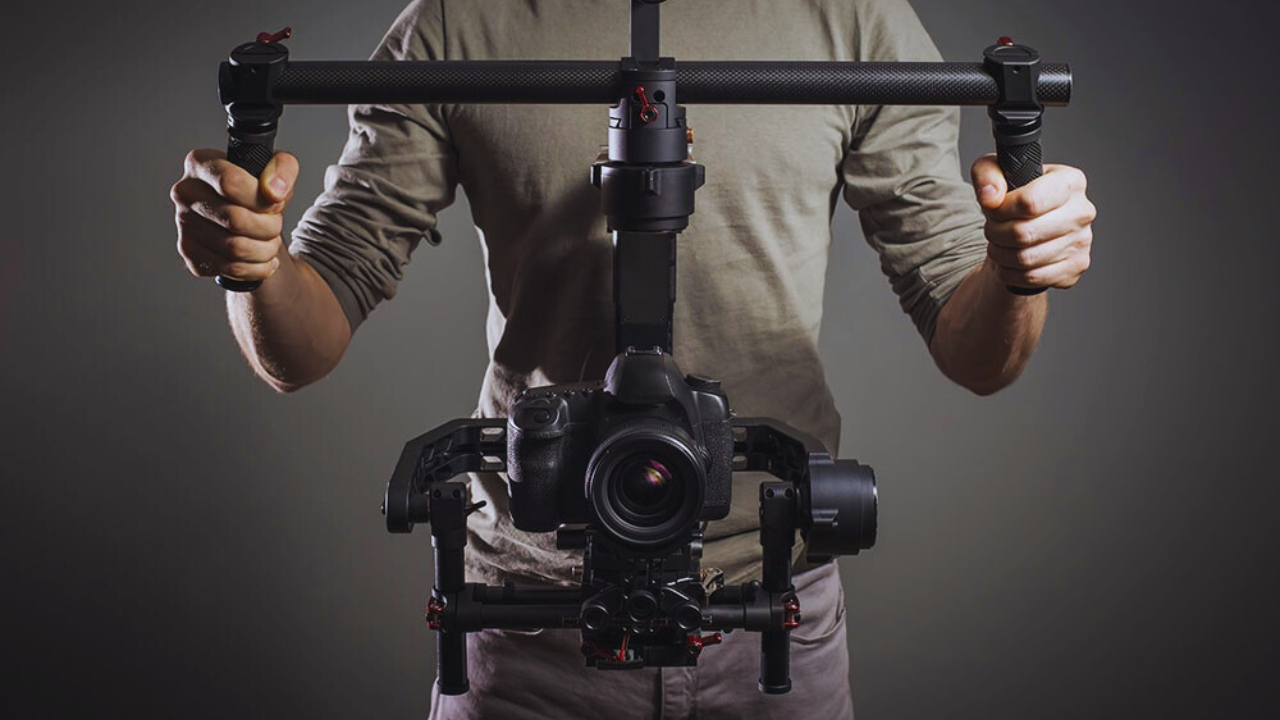
Final Recommendations
- Prioritize Sensor Size: Full-frame DSLRs like the Canon EOS R6 outperform in low light.
- Check HDMI Capabilities: Ensure clean output for professional streams.
- Test Ergonomics: Long streams demand comfortable handling.
For personalized advice, explore our videography services or contact our team.


